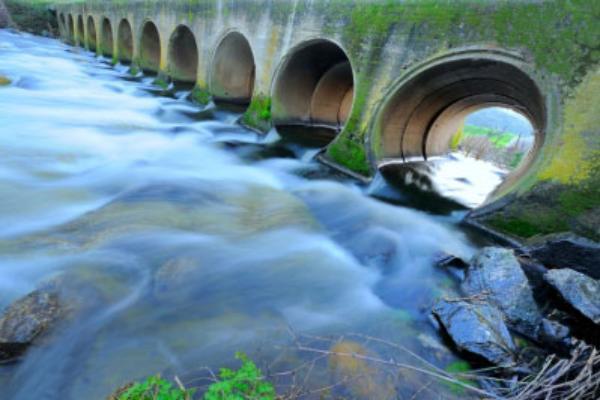Assessing the environmental costs and benefits of resource recovery approaches for nanomaterials in future waste streams

This catalyst project synthesised knowledge on the nature and amounts of nanomaterials in waste streams in the 2020s, the potential impacts of these nanomaterials on the health of the environment; and approaches for recovering nanomaterials from different waste types.
Context
Nanomaterials exhibit properties that are vastly different from 'bulk' chemicals and these novel properties are being exploited in a wide range of products. Nanotechnology has already captured a multibillion pound market in areas such as pharmaceuticals, cosmetics, coating materials, electronic items and catalysts and was forecast to be worth €2 trn by 2015. As the nanotechnology sector increases in size, the amounts and diversity of nanomaterials in waste streams will increase. This might affect the performance of some waste treatment methodologies or the acceptability of a waste product to an end user. As many waste products (e.g. animal manures and compost) are applied to the natural environment as fertilisers and soil conditioners, nano-materials could adversely impact organisms in the environment and the services that the natural environment provides. The development of approaches for recovery of nanomaterials could address problems of resource depletion and would reduce their emission to soils and water.
Aims and objectives
The aim of this project was to explore approaches for recovering nanomaterials (NMs) from different waste types in order to reduce impacts of nanomaterial production and use on the natural environment. This catalyst project, involving leading experts in nanotechnology, green chemistry, bioremediation, environmental chemistry, ecotoxicology, ecology and environmental economics from the academic, business and government sectors, synthesised knowledge on the nature and amounts of nanomaterials in waste streams in the 2020s, the potential impacts of these nanomaterials on the health of the environment; and approaches for recovering NMs from different waste types. The project involved a detailed review of the literature and expert interviews as well as a workshop for specialists.
Findings and outcomes
NMs already contribute to a number of industries and future applications, such as improved drug delivery and water purification are expected in the future. A range of NM types are in use including metals, metal oxides and carbon nanotubes.
The potential increasing use of NMs will lead to increased loadings to wastewater treatment plants. Environmental releases from this waste stream are potentially of most concern. These materials may then be released into surface waters or enter the terrestrial environment when effluent is used for irrigation or where sludge is applied to agricultural land. For incineration plants, most NMs are thought not to be combustible, but modern solid waste incinerators have the potential to effectively remove NMs from flue gas and the emitted clean gas poses low environmental risk. The disposal routes of NMs will affect the amount of NMs that each environmental compartment receives. In countries where a large proportion of sludge is used as a fertilizer soils have the potential to receive increased loading. In countries were incineration is the preferred sludge disposal route bottom ash to landfill or construction materials from recycled ash will present release routes during transportation and material weathering.
It is possible that once NMs enter the waste stream they will have the potential to cascade through multiple recovery and reuse stages through the collection, separation, and recycling into new applications. Carbon-based NMs on the other-hand may enter incineration and be utilised for energy recovery. The cascade potential however, depends largely on a countries preferred waste management option. To date, there is little scientific data on approaches of dealing with nanowaste streams and methods to facilitate recovery. Recovery approaches, such as CPE, offer opportunities but remain relatively unproven on larger industrial scales. The adaption of recovery methods, such as metallurgical processes and bioaccumulation, also offer opportunities of NM recovery, but these must be evaluated so as not to pose unwanted environmental costs.
- Prof Alistair Boxall (Principal Investigator)
Principal Investigator
- Prof Alistair Boxall (Department of Environment and Geography, University of York)
Co-Investigator
- Prof James Clark (Department of Chemistry, University of York)
- Prof Neil Bruce (Department of Biology, University of York)
- Dr Murray Rudd (Department of Environment and Geography, University of York)
- Prof Mark Hodson (Department of Environment and Geography, University of York)
Natural Environment Research Council (NERC)